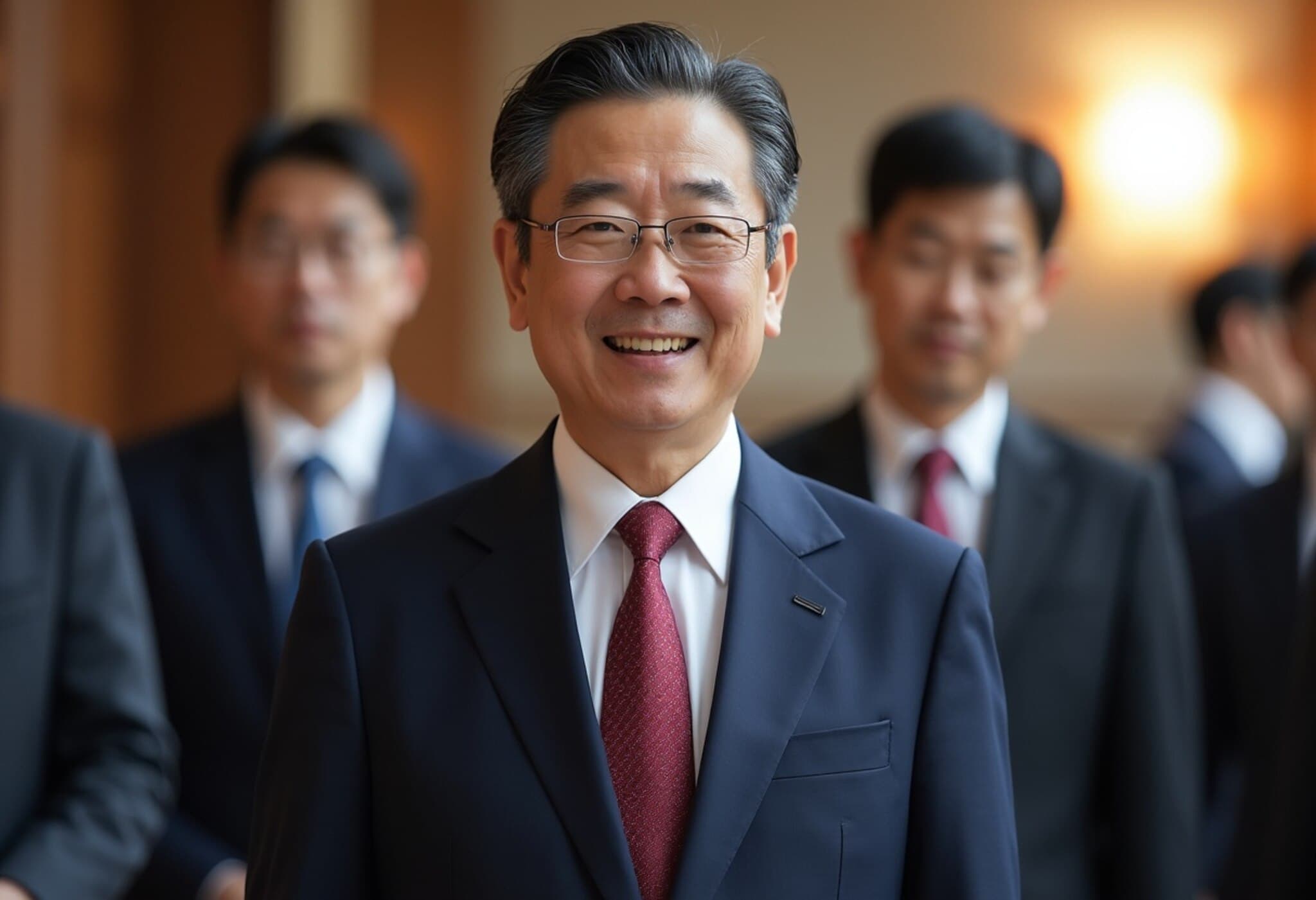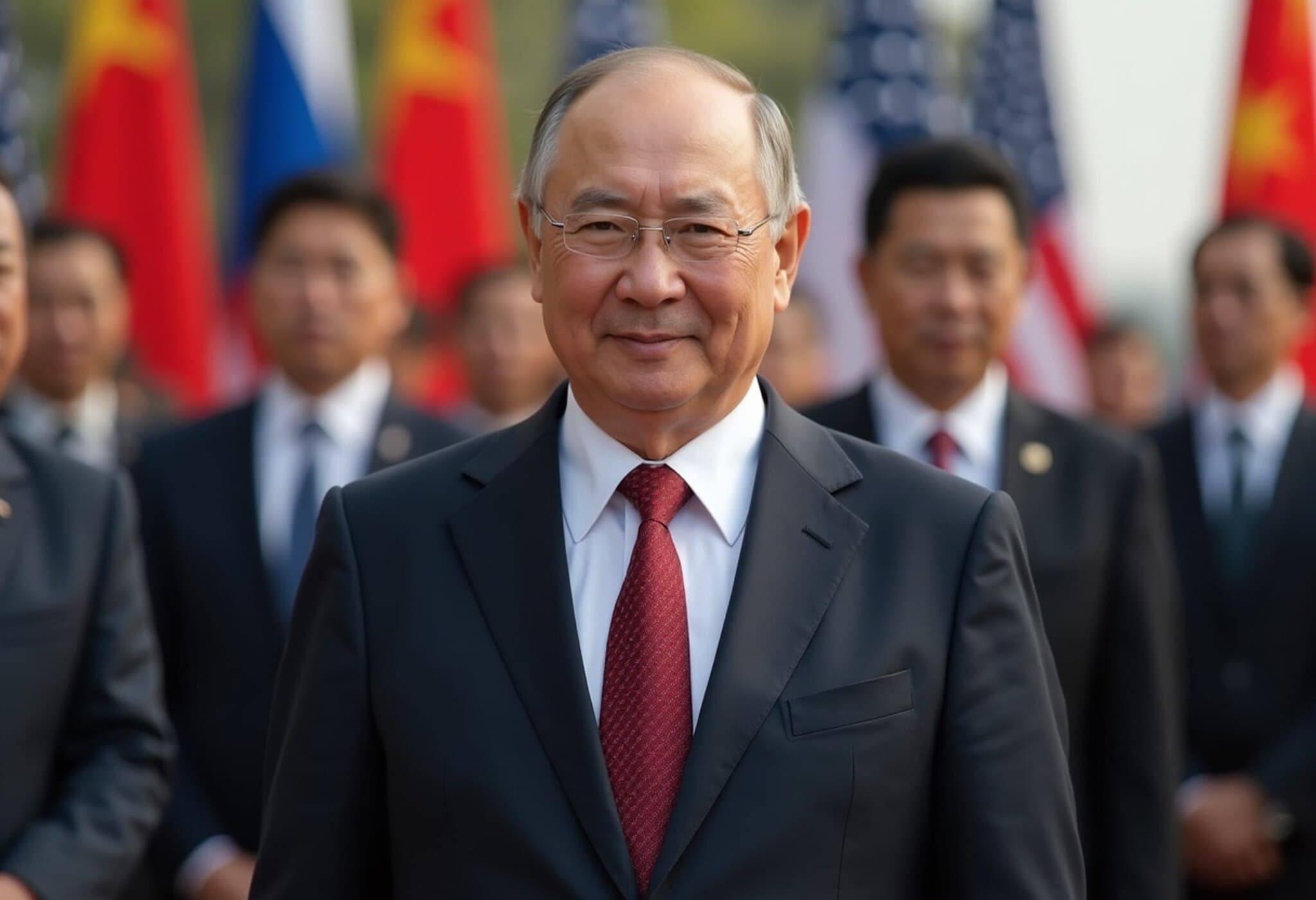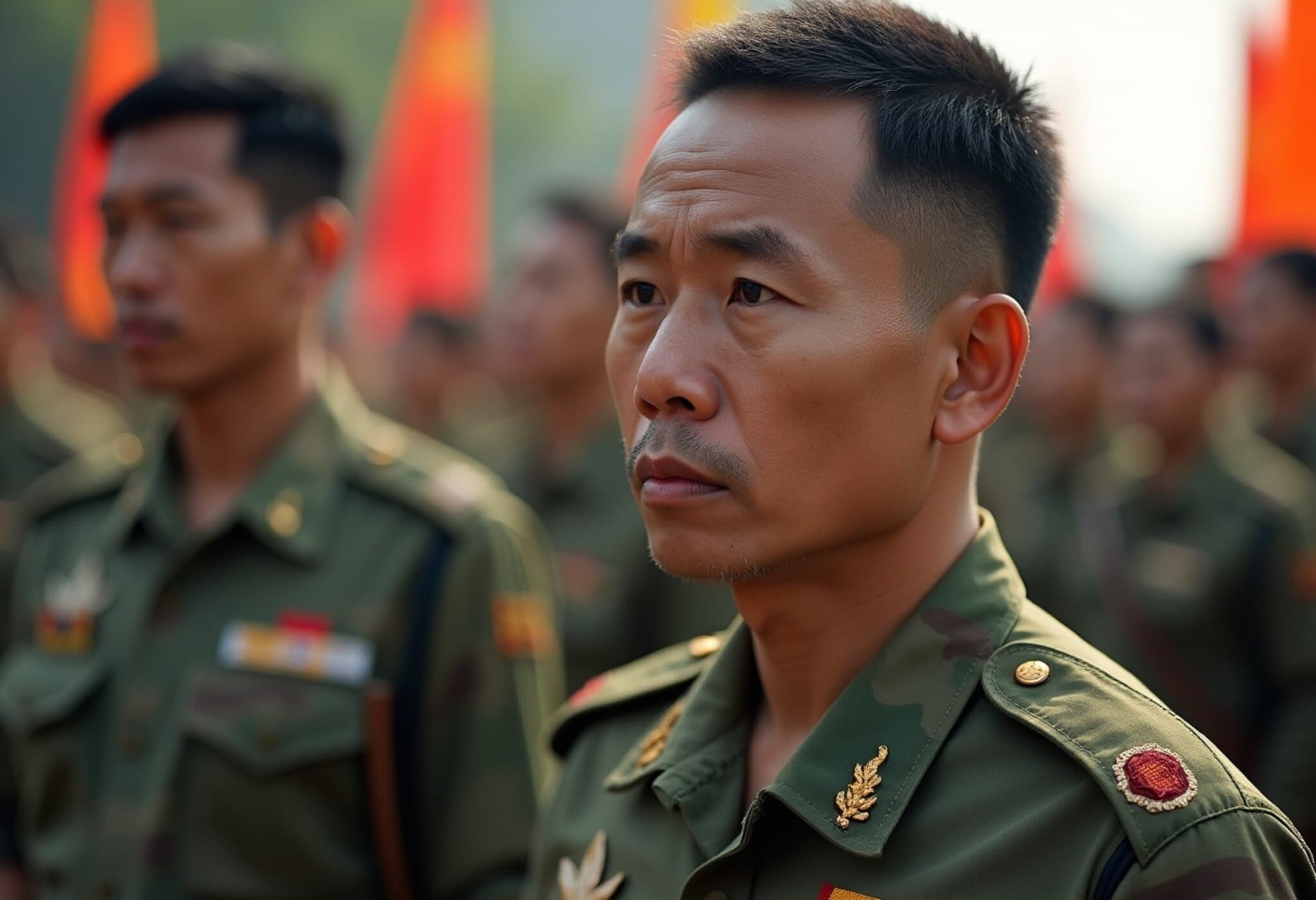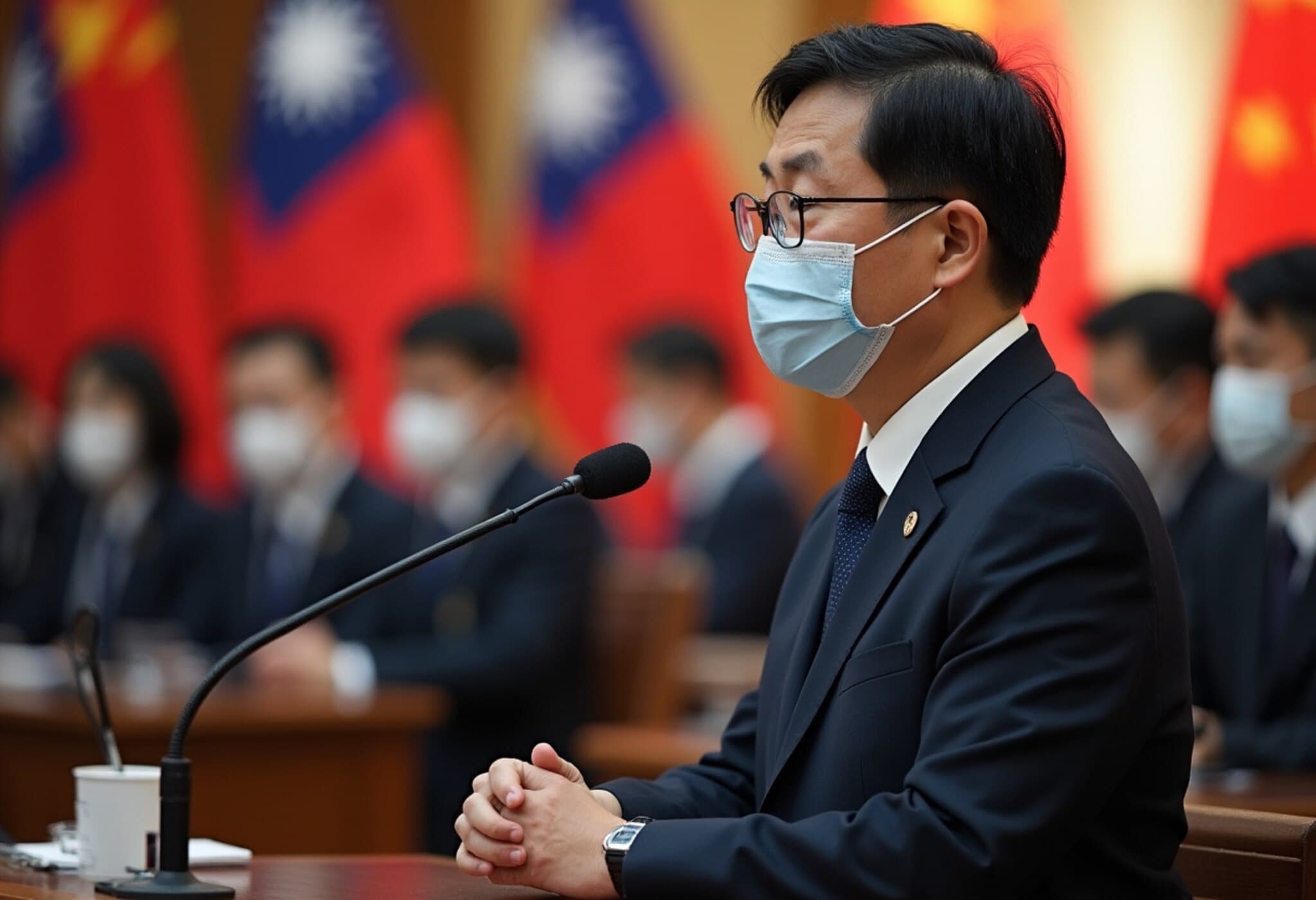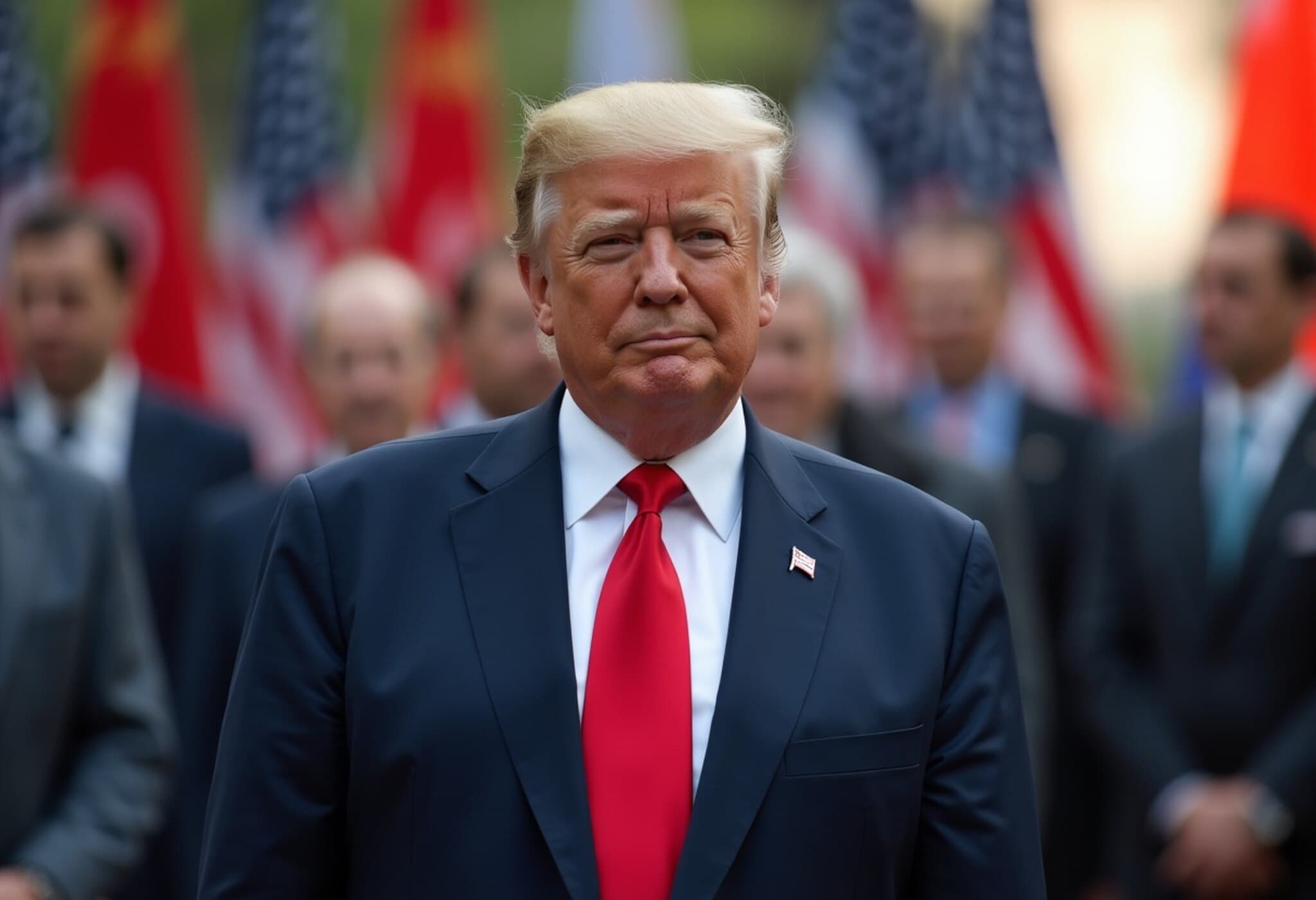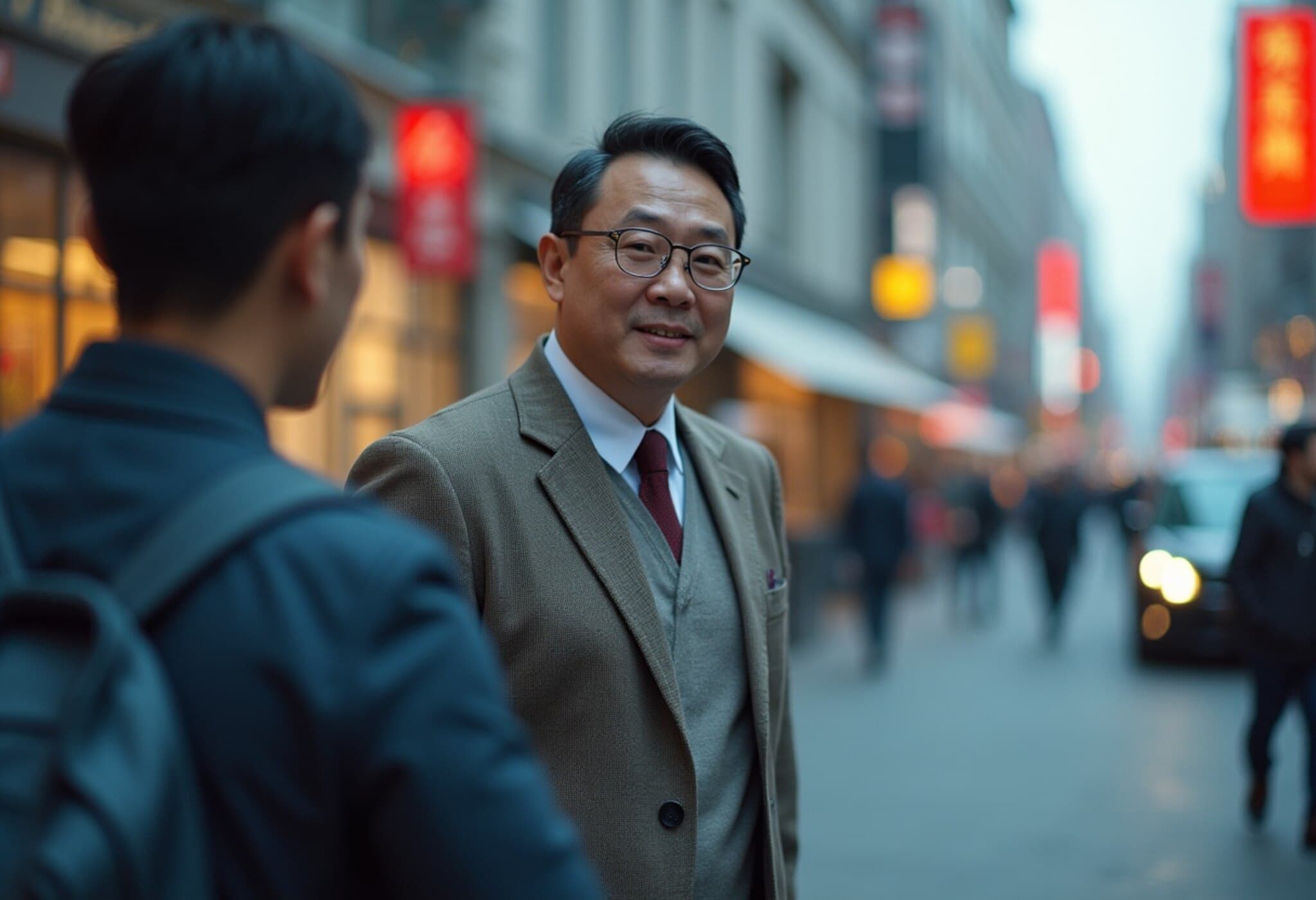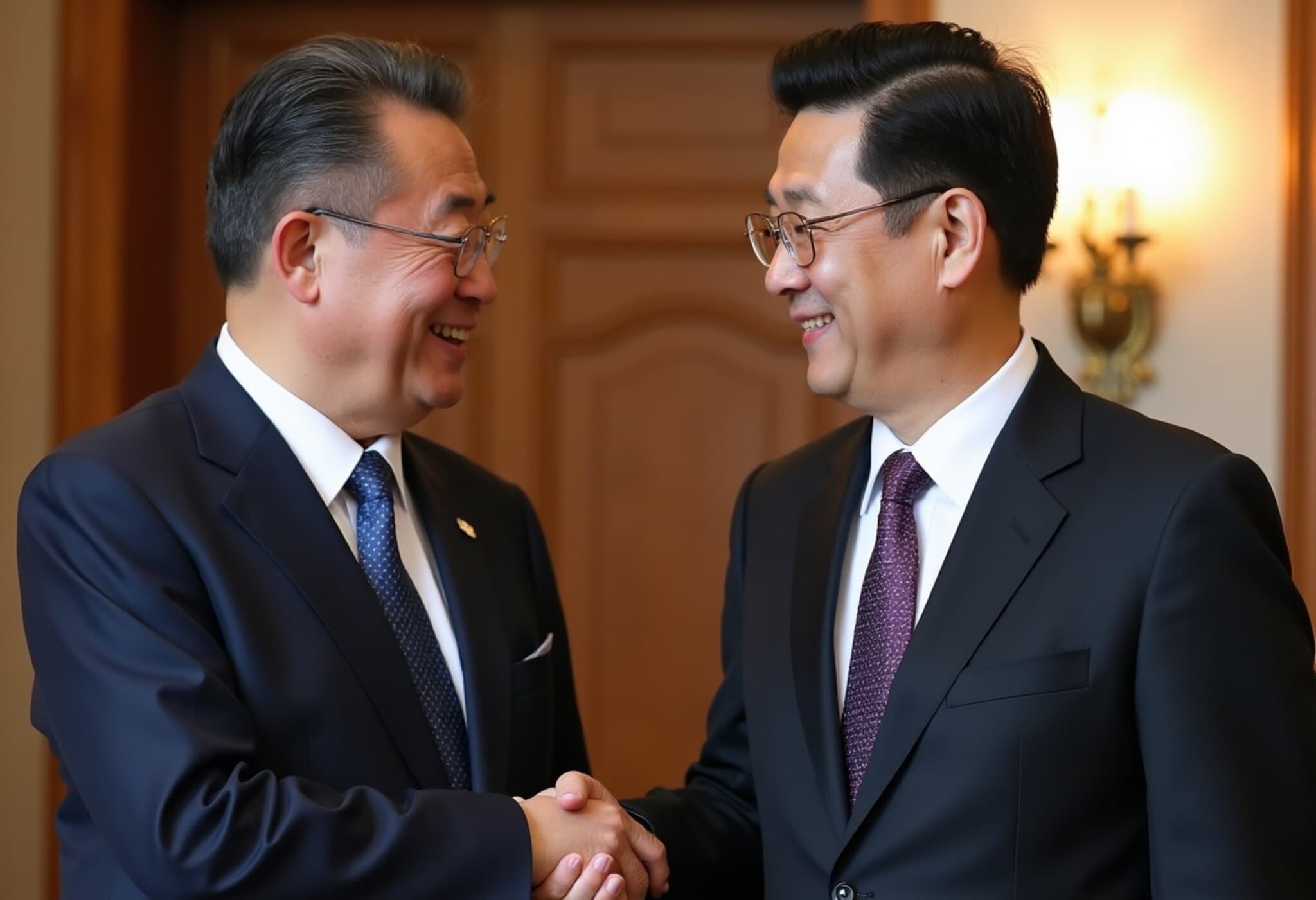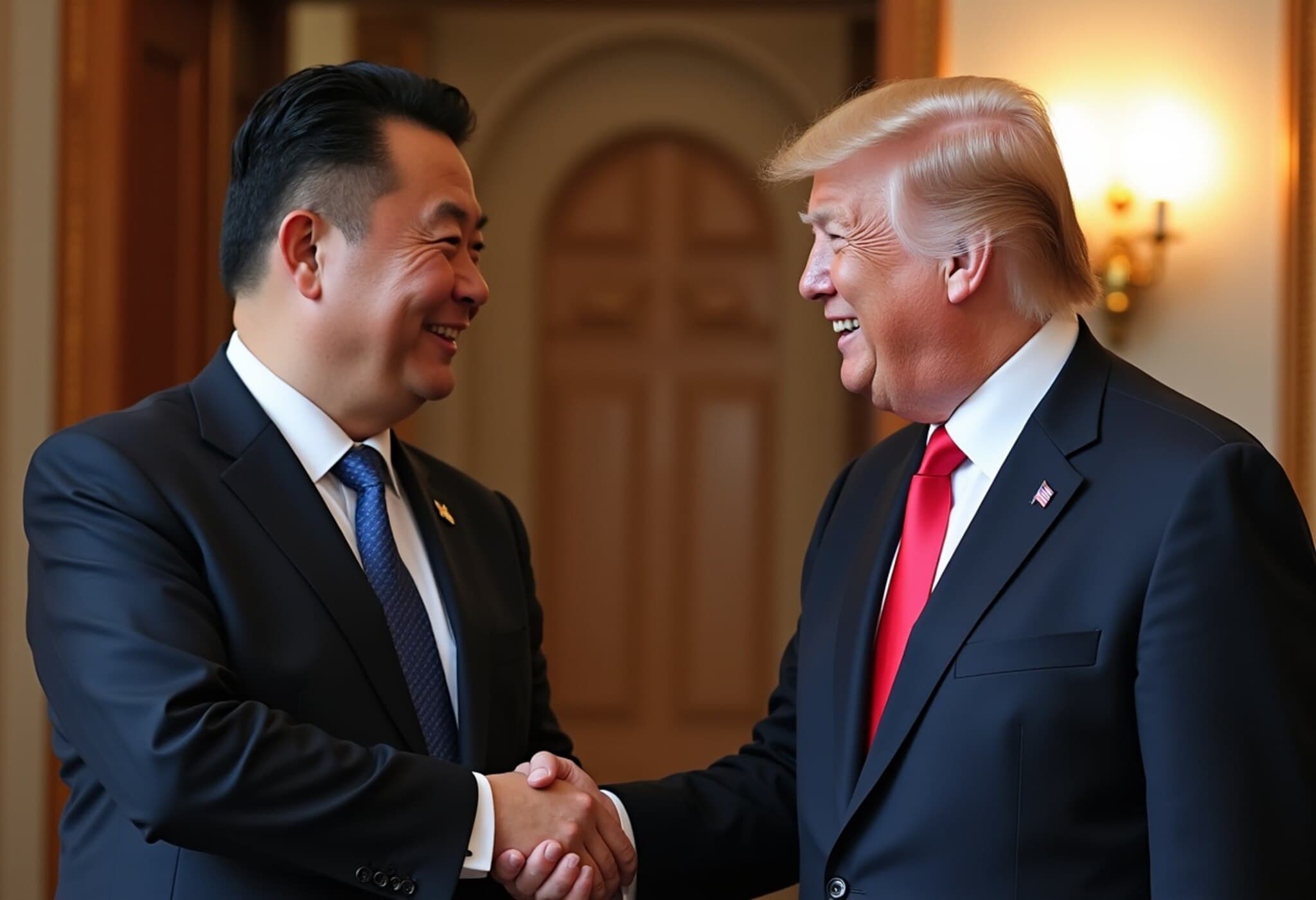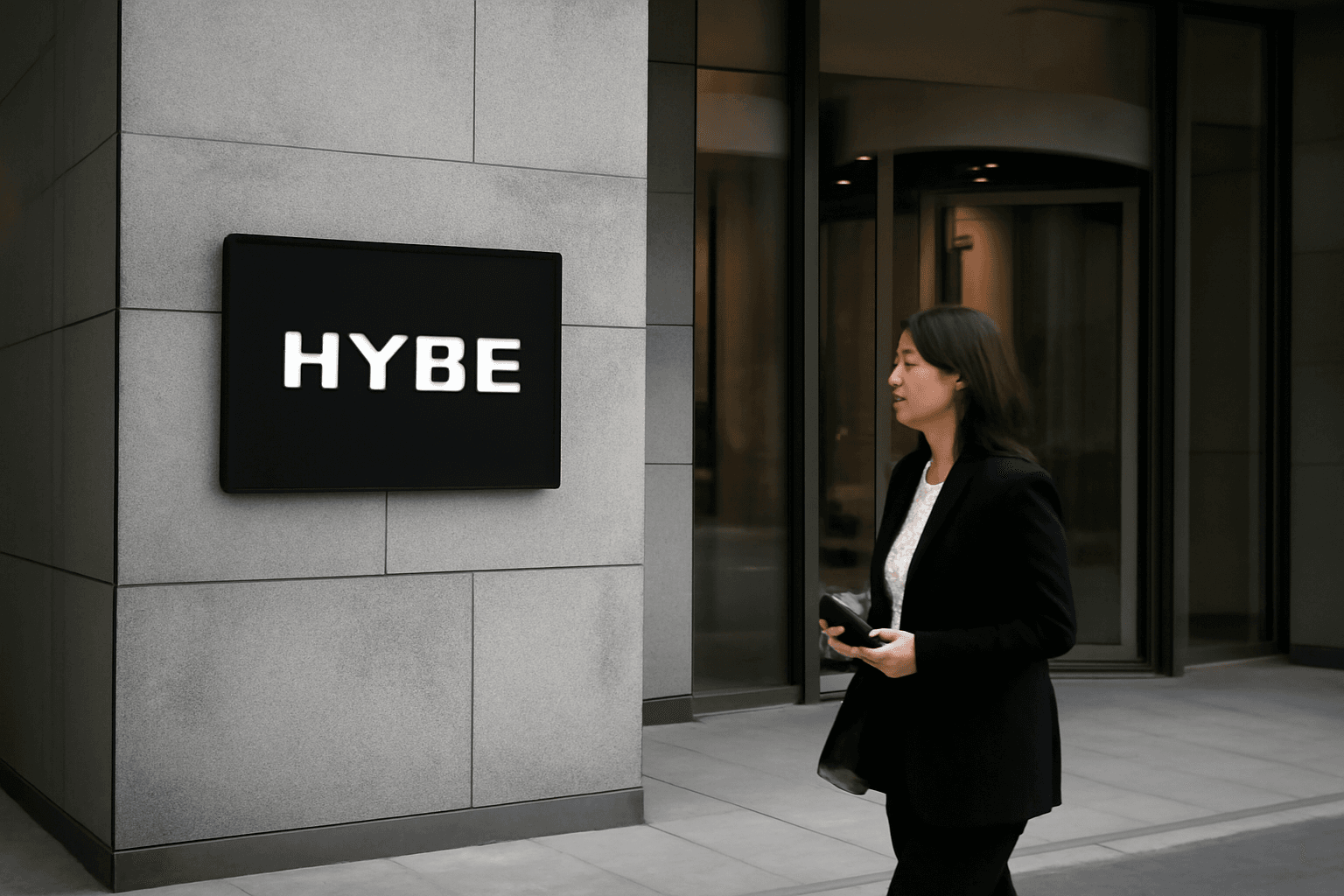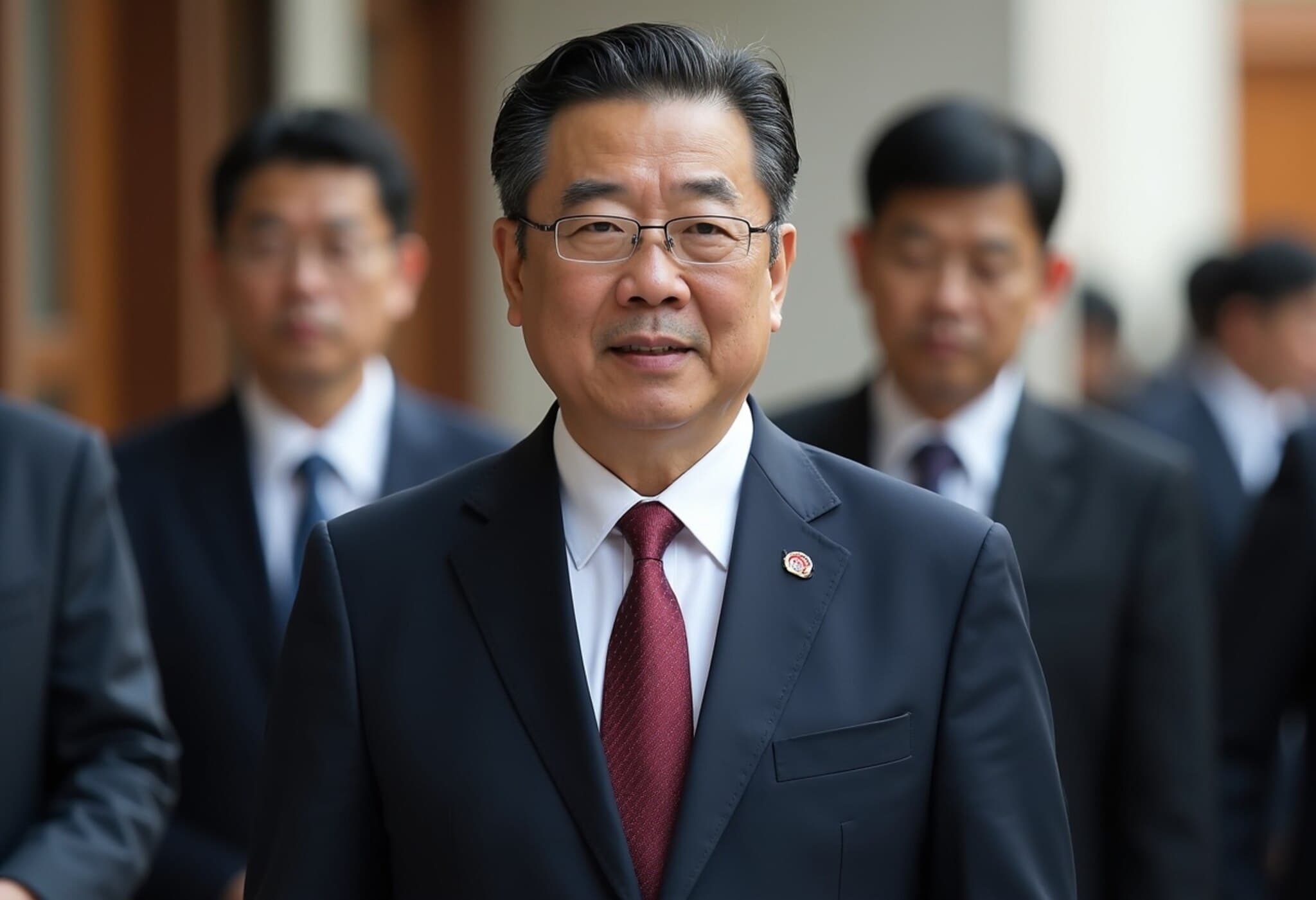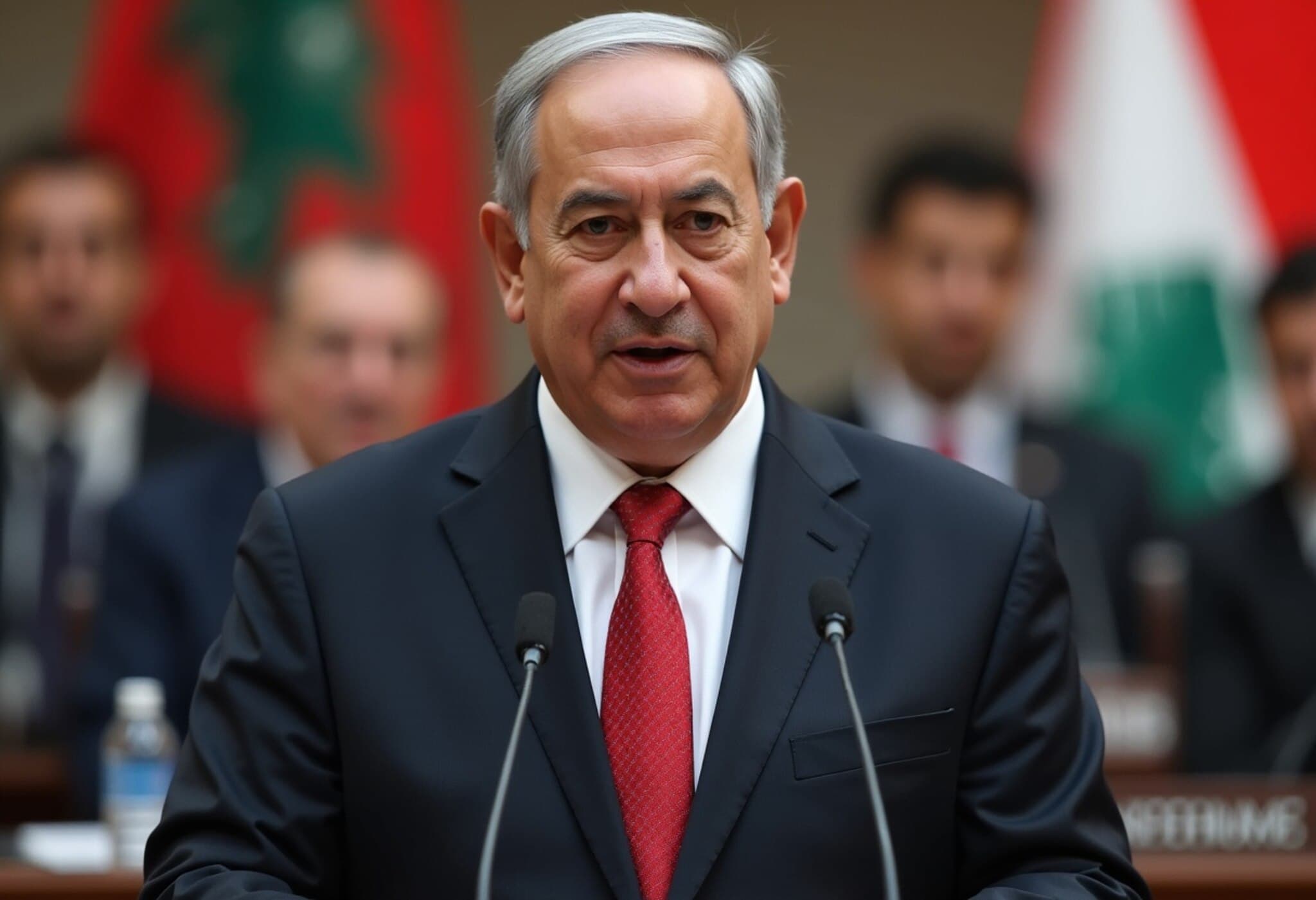South Korea’s New Diplomatic Chapter: Lee Jae-Myung’s Balancing Act
Since taking office, South Korean President Lee Jae-Myung has been thrust into the complex world of East Asian diplomacy, marked by historical grievances, strategic alliances, and evolving global power dynamics. His recent decisions to prioritize an inaugural visit to Japan before heading to the United States mark a significant shift in Seoul’s foreign policy approach.
Breaking Historical Barriers: Rekindling South Korea-Japan Relations
In a gesture signaling a thaw in decades-long tensions, President Lee’s trip to Tokyo culminated in a joint statement—the first between the two countries in 17 years—focused on cooperation in artificial intelligence, trade, and the denuclearization of the Korean Peninsula.
Given the painful legacy of Japan’s colonial rule over Korea from 1910 to 1945, this rapprochement is more than a diplomatic formality. Lee’s comments — framing Japan as an "indispensable partner" for South Korean economic growth — reflect a pragmatic recalibration that contrasts sharply with his own past criticisms of his predecessor, who was accused of being too accommodating to Tokyo.
This new warmth between Seoul and Tokyo, while cautious, suggests a forward-looking agenda that prioritizes shared regional security and economic priorities over lingering resentments. Yet, observers note the delicate balance required to reconcile public sentiment in South Korea, where memories of occupation remain vivid.
Facing the American Challenge: Lee's First Meeting with Trump
President Lee’s upcoming visit to Washington, DC, is set against a backdrop of unpredictability as former U.S. President Donald Trump returns to power. Trump's administration has been marked by a transactional view of alliances, repeatedly pressuring South Korea and Japan for increased defense spending and higher contributions for U.S. troop deployments.
South Korea hosts approximately 28,500 U.S. troops, a strategic presence aimed at countering North Korean threats but also a potential flashpoint in Sino-American rivalry. Lee’s resistance to shifting the military alliance's focus to broader U.S. geopolitical aims, specifically away from North Korea toward China-related conflicts, underscores his intent to keep South Korea out of escalating tensions over Taiwan.
Additionally, trade remains a sore point. Seoul is keen on cementing a trade deal to reduce U.S. tariffs—currently as high as 25% on some exports—with a pledge to invest $350 billion in the U.S. economy. However, ambiguity over how these investments would be selected has raised questions about whether Trump's deal-making style might complicate negotiations further.
A Delicate Dance: Rebuilding Ties With China
Beyond Tokyo and Washington, Beijing looms large in South Korea’s strategic calculus. After years of frosty relations—partly due to South Korea’s deployment of the U.S. THAAD missile defense system—Lee is signaling a desire to reset ties with China, which remains Seoul’s largest trading partner.
Recently, Chinese Foreign Minister Wang Yi met with South Korean envoy Park Byeong-seug, exchanging commitments to expand economic cooperation. Park conveyed Lee’s intent to foster a “mature development” of this bilateral partnership while still maintaining the crucial U.S.-South Korea alliance. This nuanced approach reveals Lee’s effort to thread the diplomatic needle amid growing U.S.-China rivalry.
What’s at Stake? The Regional & Global Implications
- Economic Security: South Korea’s positioning among these three powers will significantly influence its trade, investment, and technological development trajectories.
- Military Alliances: How Seoul manages U.S. troop presence and defense commitments may either stabilize or strain regional security frameworks.
- Historical Sensitivities: The reconciliation with Japan, while forward-looking, could spark domestic debates over historical justice and national identity.
- Geopolitical Balance: Navigating between U.S. demands and China’s rise requires deft diplomacy to avoid becoming a pawn in superpower competition.
President Lee’s diplomatic overtures symbolically and strategically position South Korea at the heart of a rapidly evolving East Asian order. As his administration seeks to assure partners on all sides, the success of his balancing act may well define South Korea’s future role on the global stage.
Editor’s Note
South Korea’s diplomatic recalibration under Lee Jae-Myung is a vivid reminder that history and geopolitics are rarely tidy. While economic pragmatism drives renewed engagement with Japan and China, underlying tensions and public opinion remain obstacles. Moreover, the unpredictability of U.S. foreign policy under Trump adds another layer of complexity. This evolving story underscores the challenges middle powers face in asserting agency amid great power rivalries. Readers should watch how Seoul’s strategies influence not only regional stability but also the broader Indo-Pacific geopolitical landscape.

